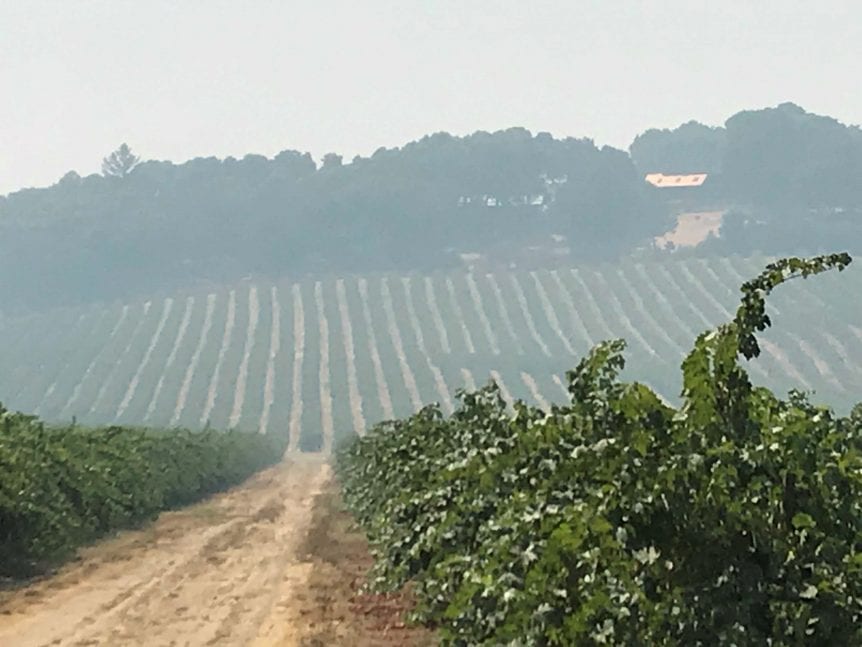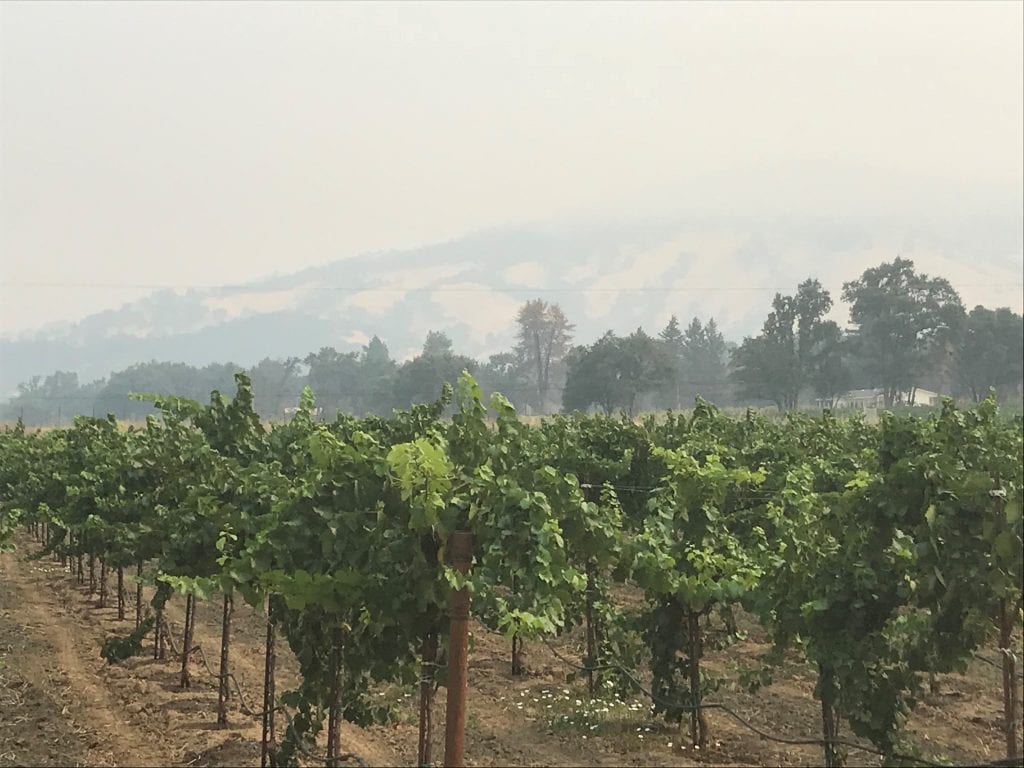Another year of catastrophic wildfires in California is once again raising concern about smoke exposure in winegrapes. President and CEO of Allied Grape Growers, PowerPoint Presentation Jeff Bitter said there is hardly a vineyard being harvested without analysis of smoke impact. The potential of damage to winegrapes has been enough for some buyers to steer clear of this year’s crop altogether.
“I’d call it a get out of jail free card in some cases where they’re using potential smoke exposure as an excuse to not bring the grapes in or to delay harvest for evaluation,” said Bitter. “Some buyers were not in a position to want to accept the entire production from this year’s crop because of their own oversupply situations due to COVID and the shutdowns.”
A lack of testing resources further complicates the issue of smoke exposure. Bitter explained that many growers have had to resort to post-fermentation evaluation which can be a risky endeavor. Crops are harvested and made into wine before determining if the grower has a usable product. While some buyers have been shying away from this year’s crop, others have been working with growers to find an agreeable solution.
“It’s certainly not a situation where we’re painting buyers as misbehaving or bad actors across the board,” Bitter explained. “There are a lot of buyers that are behaving very appropriately and very respectfully during all of this. They are actually coming up with some very workable plans to evaluate these grapes in the grower’s interest.”
UNCERTAINTY OF ACTUAL DAMAGE RELATED TO SMOKE EXPOSURE
Measurements can identify smoke markers down to one-half part per billion. Bitter noted that it is nearly impossible to not find smoke markers when measuring down to those levels. Researchers are still working to definitively identify at what degree of exposure does smoke cause damage and to which varieties. “Once things are measured, once you do have some data about what the impact is, you also have different interpretations of that data,” said Bitter.
The determination of which grapes have experienced too much smoke exposure remains in the hands of buyers. Some buyers have adopted a zero-tolerance approach to the volatile phenols related to smoke exposure. Other buyers have a range that they have determined is acceptable. Different varieties can also react differently to smoke exposure, further complicating the issue.
“We’ll see a vineyard that might have three of four different varieties right next to each other. The blocks will all test very differently with regard to the level of smoke impact,” said Bitter. “Varieties just tend to absorb those volatile phenols in different ways.”
Listen to the interview below.











